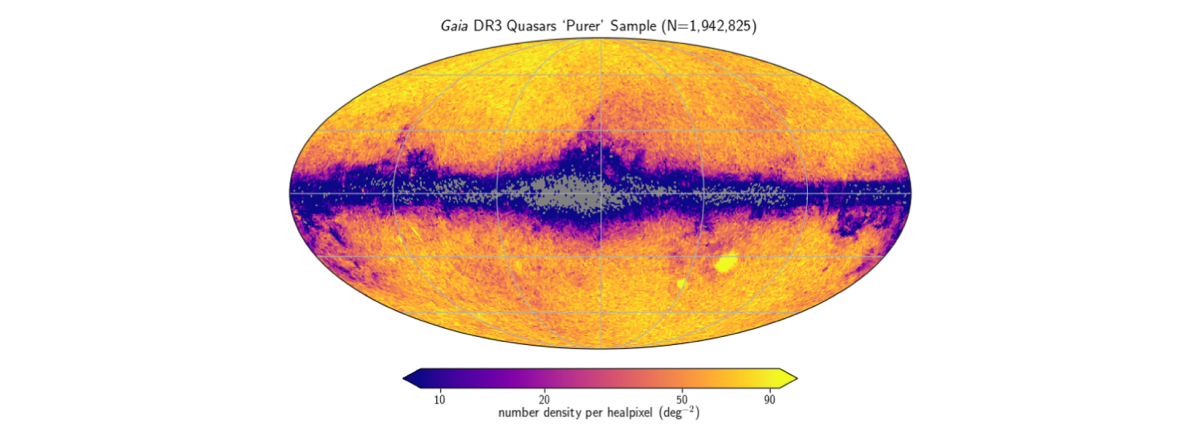Astronomers Unveil the Largest 3D Map of Quasars Ever
This achievement marks a significant step forward in our understanding of the universe's structure, the distribution of dark matter, and the expansion of the cosmos itself.

Astronomers have unveiled the most comprehensive map of the cosmos to date, showcasing over 1.3 million quasars— the luminous cores of active galaxies harboring supermassive black holes. This achievement marks a significant step forward in our understanding of the universe's structure, the distribution of dark matter, and the expansion of the cosmos itself.
Crafted using data from the European Space Agency's Gaia spacecraft, the map, known as Quaia, combines the precise positions and redshifts of these quasars to illustrate the largest volume of the universe ever mapped. Some of these quasars are observed as they were when the Universe was only 1.5 billion years old, offering a window into the universe's formative years.
Quasars serve as ideal markers for cosmic cartography. These active galactic nuclei shine brighter than entire galaxies, making them visible across vast distances. Their presence in dense clumps of dark matter provides critical insights into the invisible material that comprises a significant portion of the universe's total mass.
By correlating the new quasar map with the cosmic microwave background (CMB)—the universe's oldest light—scientists can verify the matter distribution and density predicted by the Big Bang theory. This comparison has confirmed the large-scale structures observed today, aligning with the early universe's conditions as depicted by the CMB.

